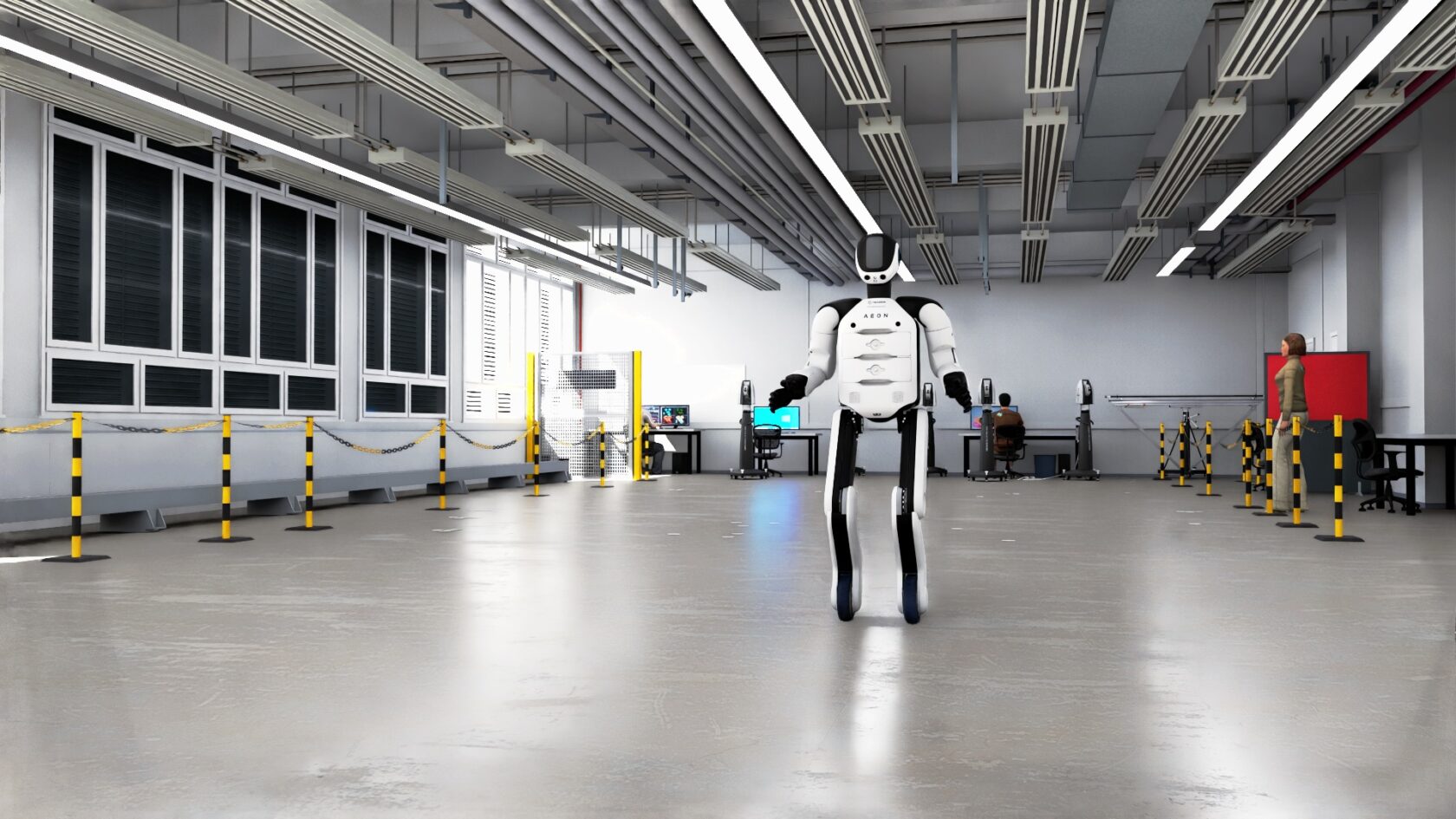
The Hexagon Live Global conference returned to Las Vegas June 16–19, this time at the Fontainebleau resort and casino. This year marks a quarter century of measurement technology development for Stockholm, Sweden-headquartered Hexagon AB, following its 2001 acquisition of metrology tool manufacturer Brown & Sharpe, said Ola Rollén, chairman of the board.
During the keynote presentation titled “Beyond Measure – Unlocking the Next Frontier of True Autonomy,” Rollén noted that although the French invented the metric system, “we invented the cloud point.”
He emphasized, “All great leaps, all great feats that mankind takes involve some kind of measurement technologies.” For example, traveling to the moon requires knowing the distance to the moon and the size of the fuel tank needed to hold enough fuel to return safely to Earth.
Until about 2010, the company was in Phase 1, focusing on sensor development, Rollén said. Since then, Hexagon has been bridging the physical and digital worlds during Phase 2 to further enhance productivity. “It becomes an endless feedback loop of digital data going back and forth between the digital world and the real world. Little did we know in 2010, but today we call it ‘digital twins.’ And this is a true watershed moment for most industries—from med tech to mechanical engineering, electronics, and so forth. You can now use your capacities in the software world to simulate and make better before you make the actual experiment.”
As part of the keynote, Rollén introduced Mattias Stenberg, previously president of Hexagon’s Asset Lifecycle Intelligence and Safety, Infrastructure, and Geospatial divisions. Stenberg announced that he is now CEO of Octave, which Hexagon spun off from those divisions.
Stenberg asked, “Why are we doing this?” His answer: “To sharpen the strategic focus, to accelerate growth, and ultimately unlock greater value for both companies—Hexagon as well as Octave.”
He said Octave combines four software companies: ALI, SIG, ETQ, and BRICSYS. “We’re in the business of designing, building, operating, and protecting the world’s most mission-critical assets, including but not limited to energy and processing complexes, electric generation and grid infrastructures, advanced production facilities, critical transport hubs, and mission-critical data control centers.”
To introduce Arnaud Robert, president of Hexagon’s Robotics division—the company’s latest division—Rollén asked, “Why is true autonomy important?” While many people fear that artificial intelligence and automation will take jobs away from the human workforce, he noted that populations in the U.S., Europe, and China are projected to significantly decline by the end of the century.
“We have a huge problem ahead of us, and we need to address it,” Rollén said. “It’s time to act.”
To reach the needed level of autonomy, Robert said, “We need to move beyond automation into versatility. Versatility requires robots to do two things: be multipurpose and adaptable.”
He added that the division’s goal is quite simple: to build an autonomous future one humanoid at a time. Compared to other forms of automation, humanoids offer two fundamental advantages. First, the world was built by humans for humans, so a form factor that can integrate directly into the existing infrastructure is a major benefit. “The second reason is if you look at advancement in physical AI—specifically to enable versatility—the biggest promise is imitation learning. Imitation learning is when you teach the robot by doing versus programming.” The best way to achieve this, he said, is when the human teacher and the student robot share the same form factor.
Robert then introduced the Aeon humanoid robot for industrial applications. Inside the robot—which can perform self-swapping of batteries for continuous operation—are three computers: one general computing engine and two AI engines “to do everything we can do from AI at the edge.” In addition, Aeon has 12 cameras and 22 sensors. “Once you have those sensors, you not only have awareness but, frankly, more importantly, a lot of use cases are unlocked with those sensors—reality capture, asset inspection, and so on.”

In addition to The Zone—which exhibits advancements in defense, industrial facilities, construction, manufacturing, mining, and safety and security technology—the conference featured a host of concurrent sessions, including one that provided strategic insights from the Advanced Manufacturing Report 2025, a commissioned study conducted by Forrester Research Inc. on behalf of Hexagon. The presenter was Paul Miller, vice president and principal analyst at Forrester. The report was based on findings from 1,051 manufacturers surveyed by the consultancy. The number of employees at each company ranged from 500 to 20,000.
Miller noted that agility is the primary concern for manufacturing leaders, with 39% of C-level executives reporting that rigid processes hinder adaptability. While the fourth overall concern among all levels, lack of agility was the number one business challenge reported by the C-suite. In addition, agility is a bigger organizational issue for low-AI users (40%) than for high-AI users (23%).
Four trends shape the future of manufacturing, Miller said. They are: integrating digital technology with physical products—“a shift from grease to code”; embracing local, near, and far manufacturing capacity; balancing the automation triangle, which includes people, hardware automation, and software automation; and electrifying and decarbonizing to achieve manufacturing sustainability.
To download the 52-page report, visit https://hxgn.biz/AMR2025.
Contact Details
Related Glossary Terms
- centers
centers
Cone-shaped pins that support a workpiece by one or two ends during machining. The centers fit into holes drilled in the workpiece ends. Centers that turn with the workpiece are called “live” centers; those that do not are called “dead” centers.
- metrology
metrology
Science of measurement; the principles on which precision machining, quality control and inspection are based. See precision machining, measurement.
- robotics
robotics
Discipline involving self-actuating and self-operating devices. Robots frequently imitate human capabilities, including the ability to manipulate physical objects while evaluating and reacting appropriately to various stimuli. See industrial robot; robot.


